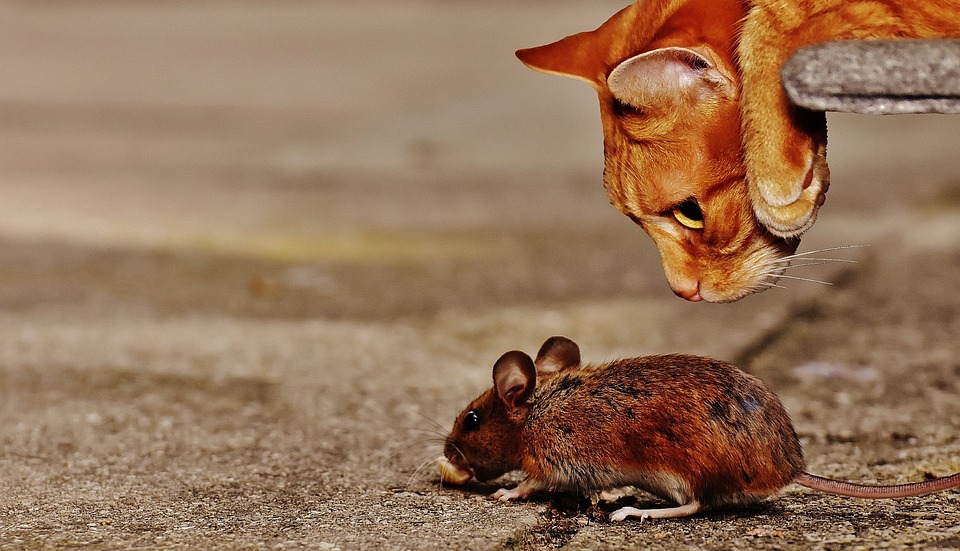Preventing and Managing Obesity in Indoor Cats: A Comprehensive Guide
Introduction:
The Rise of Obesity in Indoor Cats
Understanding the Dangers of Feline Obesity
As more and more cats become indoor pets, obesity is becoming a prevalent issue among our feline companions. The combination of a sedentary lifestyle and improper diet can lead to weight gain, which can have serious consequences for their health. In this comprehensive guide, we will explore the causes of obesity in indoor cats and provide strategies for prevention and management.
Section 1: Understanding Obesity in Indoor Cats
1.1 The Impact of a Sedentary Lifestyle
Indoor cats often lack the opportunity for regular physical activity, which can lead to weight gain. Without the ability to roam and hunt, they may become bored and engage in excessive eating.
1.2 The Role of Diet in Obesity
Feeding cats a high-calorie diet without proper portion control can quickly lead to obesity. Free-feeding, where food is always available, can also contribute to overeating.
1.3 Genetic Predisposition to Weight Gain
Some cats may have a genetic predisposition to gain weight more easily than others. This can make it even more challenging to prevent obesity in certain individuals.
Section 2: Prevention Strategies for Indoor Cats
2.1 Creating an Enriching Environment
Providing ample vertical space in the form of cat trees and shelves allows cats to climb and jump, stimulating their natural instincts. Interactive toys and puzzles can also keep them mentally engaged and physically active.
2.2 Establishing a Balanced Diet
Choosing high-quality, nutrient-dense food is essential for preventing obesity. Portion control and scheduled feeding can help regulate calorie intake, while avoiding free-feeding ensures cats do not overeat.
2.3 Encouraging Healthy Eating Habits
Implementing slow feeding techniques, such as using food puzzle toys or placing obstacles in the food bowl, can slow down eating and promote better digestion. Avoiding table scraps and excessive treats is also crucial for maintaining a healthy weight.
Section 3: Managing Obesity in Indoor Cats
3.1 Consult with a Veterinarian
Before starting any weight loss program, it is important to consult with a veterinarian. They can assess the cat’s current health and weight, and develop a customized weight loss plan based on their specific needs.
3.2 Implementing a Controlled Feeding Plan
Measuring and dividing meals according to the veterinarian’s recommendations is essential for weight loss. Incorporating weight-loss formulas can provide the necessary nutrients while reducing calorie intake. Gradually transitioning to the new diet can also help prevent digestive issues.
3.3 Increasing Physical Activity
Regular interactive play sessions with toys, laser pointers, or feather wands can encourage cats to exercise. Providing toys and cat trees that encourage climbing and jumping can also help them burn calories. Integrating daily routine activities, such as hiding food or using puzzle toys, can further stimulate their minds and bodies.
3.4 Utilizing Food Puzzle Toys for Mental Stimulation
Food-dispensing toys can provide mental stimulation while slowing down eating. Choosing the right puzzle toys that match the cat’s skill level and preferences is important. Introducing and engaging the cat with the toys can help keep them entertained and prevent boredom.
FAQs: Frequently Asked Questions
Q1: How do I know if my cat is obese?
A: Obese cats often have a round, sagging belly, and you may not be able to feel their ribs easily. Their overall body shape may be larger than average.
Q2: Are there specific cat breeds more prone to obesity?
A: Some cat breeds, such as Maine Coons and Scottish Folds, are more prone to weight gain due to genetic factors. However, any cat can become obese if proper diet and exercise are not provided.
Q3: Can indoor cats lose weight without physical activity?
A: While physical activity is important for weight loss, indoor cats can still lose weight through a controlled feeding plan and reduced calorie intake.
Q4: Are all commercial cat foods suitable for weight management?
A: Not all commercial cat foods are suitable for weight management. Look for those labeled as “weight control” or “weight management” and consult with a veterinarian for recommendations.
Q5: How long does it take for an indoor cat to lose weight?
A: The rate of weight loss can vary depending on the cat’s starting weight and metabolism. It is crucial to follow the veterinarian’s guidance and monitor progress regularly.
Conclusion:
Preventing and managing obesity in indoor cats is crucial for their overall health and well-being. By creating an enriching environment, establishing a balanced diet, and consulting with a veterinarian, we can help our indoor cats maintain a healthy weight and live a fulfilling life. Committing to a healthy lifestyle for our feline companions is a responsibility that should not be taken lightly.








